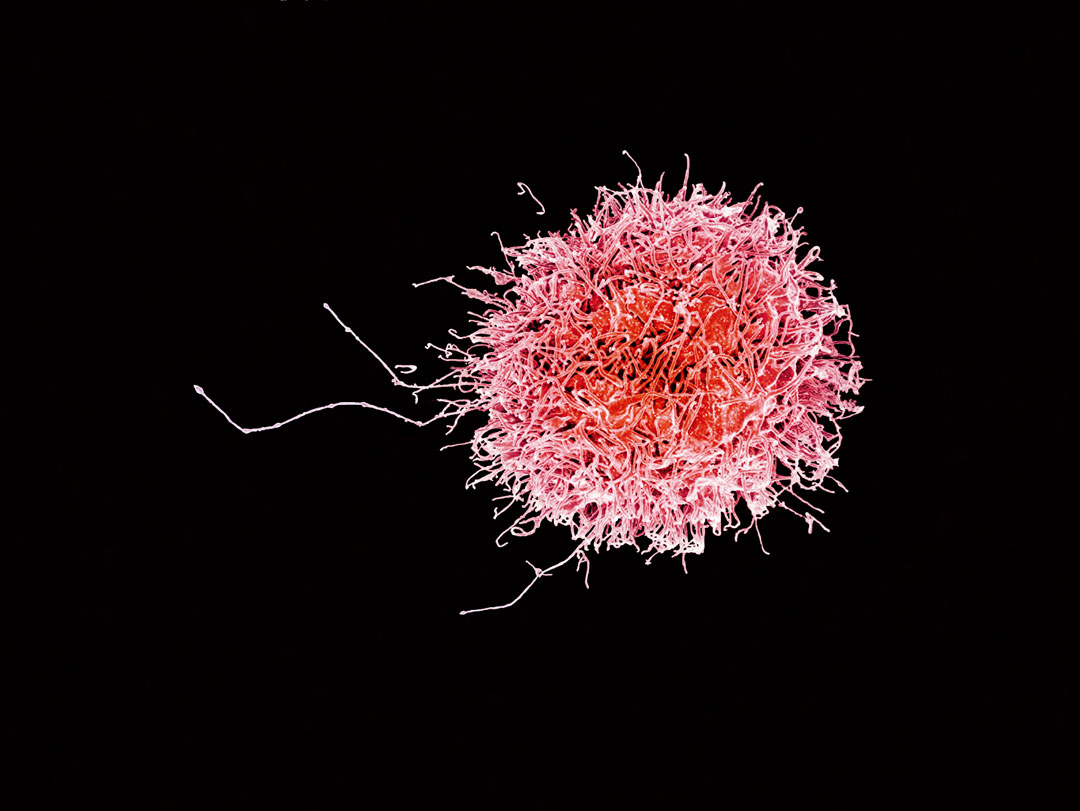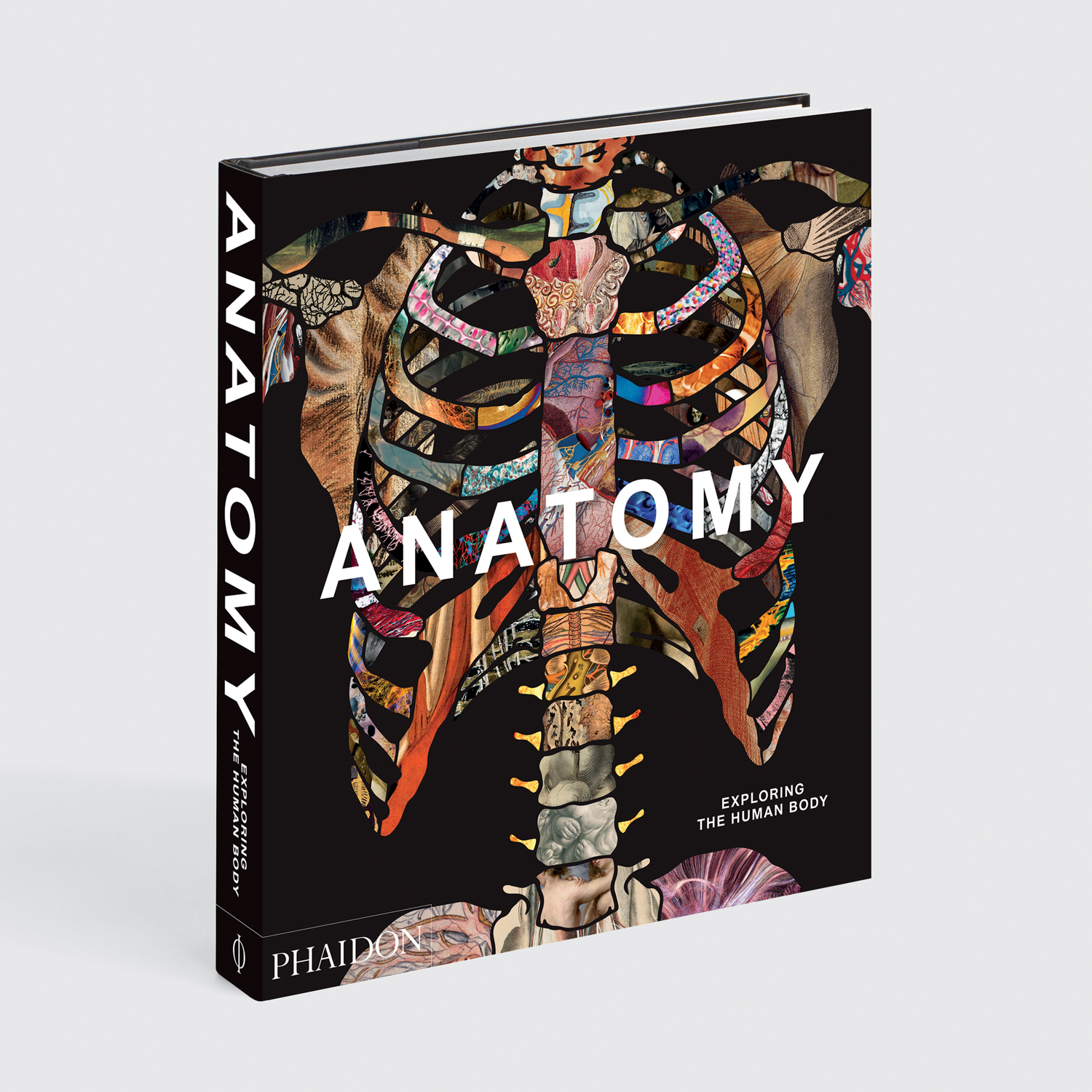
The Art of Anatomy – Life Saving Cell
This beautifully spiky microscopic white blood cell uses its crinkly surface to kill off bodily infections
White blood cells have been pictured in a number of different ways over the years. In the 1966 sci-fi movie, Fantastic Voyage, slimy looking cells attack the film’s miniaturized submarine Proteus; meanwhile, on the cover of the White Stripes’ 2001 album, White Blood Cells, band members Jack and Meg White pose as the immune system’s front line, fighting off aggressors.
Obviously neither are faithful renderings of the complex array of cells that fight human infection. So for a better-informed picture of one type of white blood cell, you’re best advised to turn to page 154 in our new book, Anatomy: Exploring the Human Body.
The image there depicts a natural killer cell, a type of white blood cell. “The cells get their James Bond-like name from their ability to kill infected cells in the body,” explains our new book. “Part of the human innate, rather than adaptive, immune system, they jump into action very quickly – killing cells infected with a virus within three days.”
That rapid response is all thanks to the cells’ crinkly surface. “Natural killer cells work by detecting a surface protein – known as a major histocompatibility complex – on the infected cell or by detecting other signals that the cell is in stress. Following this detection, a cascade of molecular events occurs, with chemical signals telling the infected cell to die. Such immune cells are present in all of us.”

The cell’s crinkled surface is too small for the naked eye or conventional, visible light microscopes. Instead, the USA’s National Institute of Allergy and Infectious used an electron scanning microscope to detect these details. It’s a beautiful, unworldly image, and an important one for medical science, as the human killer cell’s action is so closely related to its surface. Picture the cell’s exterior accurately, and we’re a little closer to science fact, rather than fiction.
To see how this image takes its place in the wider culture of visualizing the human body, order a copy of Anatomy here. The book is a visually compelling survey of more than 5,000 years of image-making. Through 300 remarkable works, selected and curated by an international panel of anatomists, curators, academics, and specialists, it chronicles the intriguing visual history of human anatomy, showcasing its amazing complexity and our ongoing fascination with the systems and functions of our bodies.
Exploring individual parts of the human body from head to toe, and revealing the intricate functions of body systems, such as the nerves, muscles, organs, digestive system, brain, and senses, this authoritative book presents iconic examples alongside rarely seen, breathtaking works. The 300 entries are arranged with juxtapositions of contrasting and complementary illustrations to allow for thought-provoking, lively, and stimulating reading. Order your copy here.